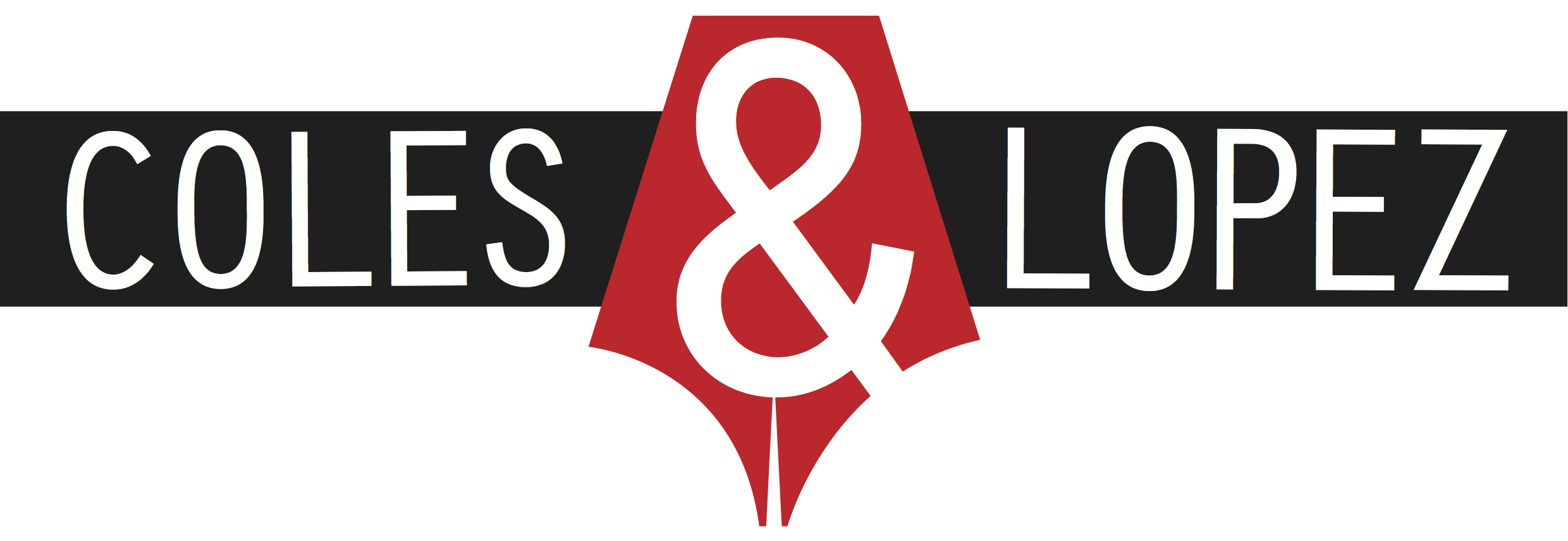The Corn Maiden and Other Nightmares
Seven creepy tales about the dark, twisted side of human nature.
“Nightmares” is the perfect word to describe the seven short stories in this collection. They’re not ghost stories – there are no supernatural elements (or almost none, depending on how you interpret Nobody Knows My Name, in which a cat seems possessed of evil intent). Nor are they horror stories – at least, not in the slasher sense.
Instead, Oates explores the dark side of human nature, and the violence – both physical and psychological – the we inflict on one another. Vulnerable characters are preyed upon by those more powerful than them, and the reader is left white-knuckled, waiting to see which force will triumph in the end.
Oates’s America is, in a word, ugly. She doesn’t glamorise her characters or their lives. In The Corn Maiden, 13-year-old Jude plots the kidnapping and ritual sacrifice of a younger girl. Hollywood loves a beautiful villain, and, in less capable hands, Jude would have been transformed into a picture-perfect mean girl. Instead:
Her face was fiercely plain as if she’d scrubbed it with steel wool. Her skin was chalky, mottled. … There was something of the sleek white rat about her.
The same is true of Beersheba and Helping Hands. Both feature a seduction of sorts, but the seductress (in Beersheba) and seducer (in Helping Hands) are described as plain, bordering on grotesque. Oates could have let her characters be lured in by a pretty face, but she knows that emotional manipulation is far more interesting.
On a more technical note, reading this book was a great reminder for me, as an editor, that “correct” grammar is not always what’s called for. With complete confidence, Oates manipulates sentence structure and punctuation to serve her purposes. Fossil-Figures, for example, begins with two twins in the womb. We hear the thoughts of one of them, “the demon brother”:
Why there be this other here – this thing! Why this, when there is me! There is me, me, me there is only me.
Imagine if an editor were to go in and “fix” Oates’s writing:
Why is there this other here, this thing? Why, when there is me? There is me, me, me. There is only me.
Everything good and scary is stripped from the sentences. It changes from something savage and menacing into something bland.
I only had one hesitation about this collection: Some plot details were repeated in multiple stories. Fossil-Figures and Death Cup, which sit side by side, are both stories of evil twins. Nobody Knows My Name has one character sucking the life out of another; a few pages later, this image is repeated in Fossil-Figures.
At first, I thought this was sloppiness. But then I came to appreciate the common thread that ran through the whole book. It reminded me of the way painters do multiple studies in preparation for an artwork, zooming in on certain details, coming at the scene from different angles. These seven stories, which were written over a period of 15 years, all belong to a greater narrative. In a way, they’re different versions of the same recurring nightmare.

